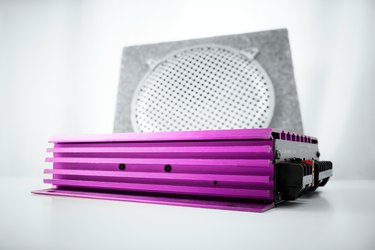
A bridged amplifier uses the output from the two stereo channels to drive a single mono speaker load. It is often done to achieve a higher output from the amplifier by combining the available power of both channels. While it is not necessary when the amplifier is properly connected to stereo speaker cabinets, a bridged amp may be desirable if the system is to be run in mono. This will allow you to use the full power of the amplifier when it would otherwise be halved. Bridging a stereo amp is an easy procedure, but should only be undertaken on an amp that is designed to be bridged.
Step 1
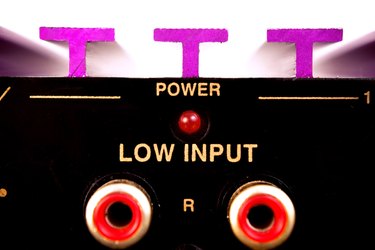
Power off the amplifier before connecting to a speaker cabinet, and ensure that the speaker cabinet to be used is capable of handling the output load. The output impedance will double when the amp is bridged (for example, if the amp runs at 2 ohms stereo output, the mono bridged output will be 4 ohms).
Video of the Day
Step 2
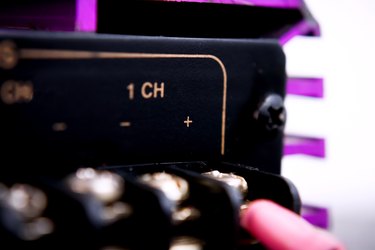
Connect a speaker wire or cable to the "+" output of the first stereo channel. Connect the other end of the speaker cable or wire to the "+" terminal of your speaker cabinet.
Step 3
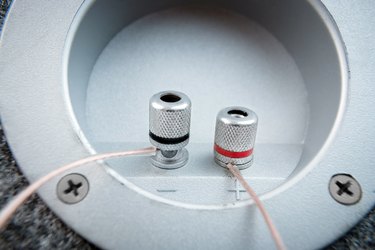
Connect a speaker wire or cable to the "-" output of the second stereo channel. Connect the other end of the cable to the "-" terminal of the speaker cabinet. The amplifier is successfully bridged to mono.
Step 4
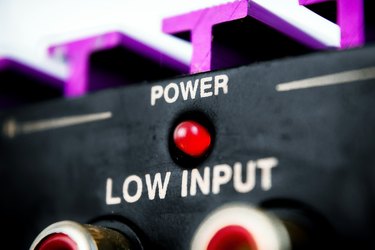
Power on the amplifier and play a signal through to the speaker to make sure everything is in proper working order. If there is no signal, power off the amplifier immediately and double check that all wiring is correct.
Video of the Day